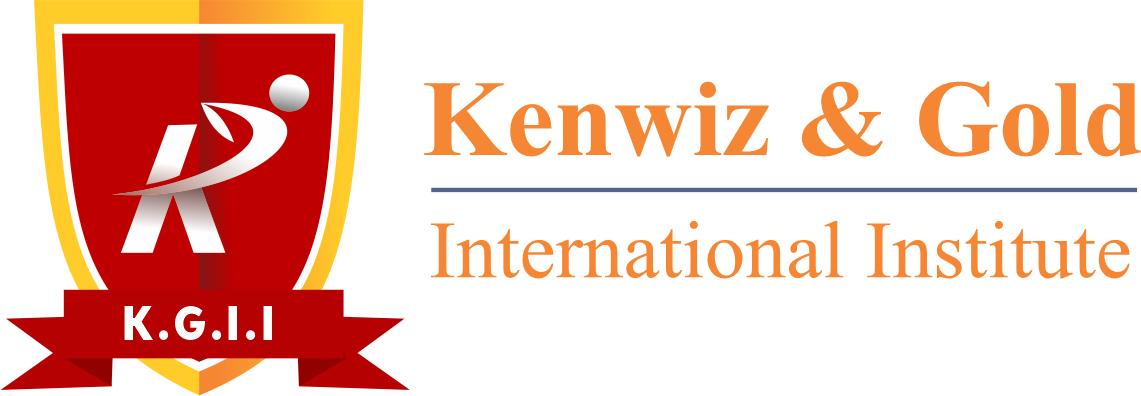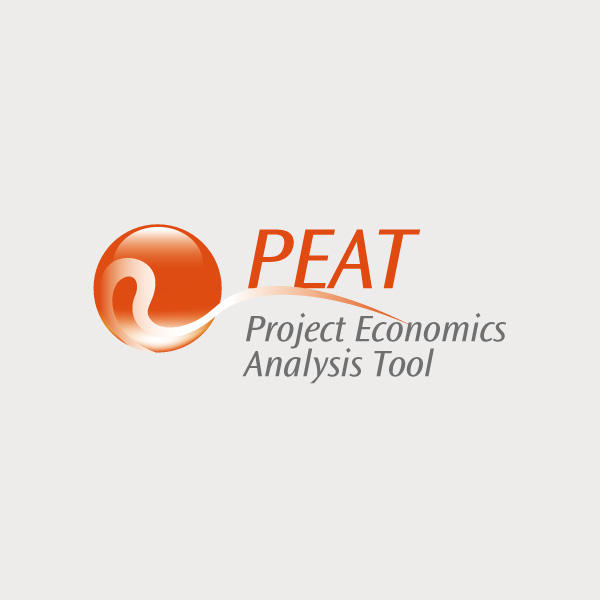In most simulation models, there are variables over which you have control, such as how much to charge for a product, how much to invest in a project, or which projects to select or invest in, all the while being subject to some Constraints or limitations (e.g., budget, time, schedule, cost, and resource constraints). These controlled variables are called Decision variables. Finding the optimal values for decision variables can make the difference between reaching an important goal or Objective and missing that goal. These OCD variables have to be set up via the PEAT | Optimization menu before an optimization can be run.
1. Objective. The output we care about that we wish to Maximize (profits, revenue, returns, etc.) or Minimize (e.g., cost, risk, etc.).
2. Decisions. The variables you have control over and that can be continuous (e.g., % budget allocation), binary (e.g., go or no-go on projects), or discrete integers (e.g., number of light bulbs to manufacture).
3. Constraints. Limitations in the model, such as budget, time, schedule, or other resource constraints.
4. Efficient Frontier. The Efficient Frontier optimization procedure applies the concepts of marginal increments and shadow pricing in optimization. That is, what would happen to the results of the optimization if one of the constraints were relaxed slightly? This is the concept of the Markowitz efficient frontier in investment finance.
5. Static Optimization. PEAT can be used to run a Static Optimization, that is, an optimization that is run on a static model, where no simulations are run and all the inputs in the model are static and unchanging, and it is applicable when it is assumed that no uncertainties exist. A static optimization is often run first to determine if there exist solutions to the optimization problem before a more protracted analysis is performed.
6. Dynamic Optimization. Monte Carlo simulation is first run and the results of the simulation are applied in the model, then optimization is run (e.g., Simulation-Optimization). A simulation is run for N trials, and then an optimization process is run for M iterations until the optimal results are obtained or an infeasible set is found. You can choose which forecast and assumption statistics to use and replace in the model after the simulation is run. Then, these forecast statistics can be applied in the optimization process.


Reviews
There are no reviews yet.